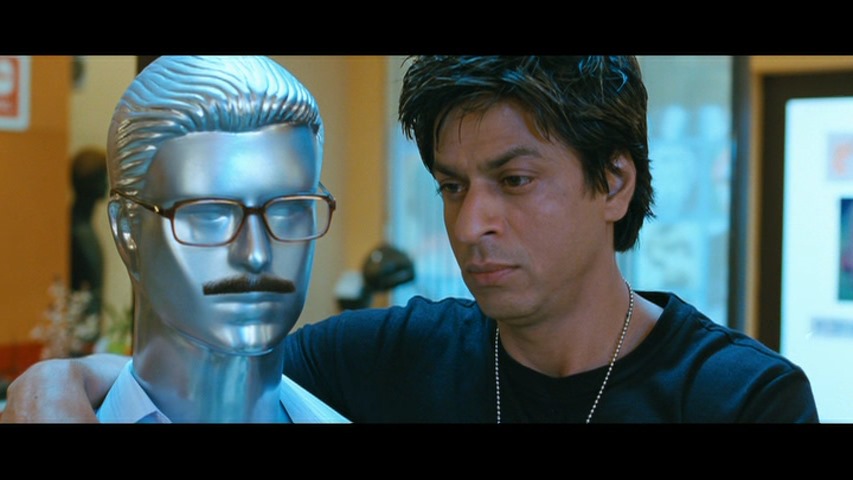Initiatives
Richard Allen’s book is entitled Storytelling in Hindi Cinema, and its subject is primarily and Hindi language films, mostly made in Mumbai in the post-independence period from 1947 to the recent past. As the subtitle, Doubles, Deception and Discovery, suggests, I focus my investigation on a large group of films which feature doubles, look-a-likes, impersonations and mistaken identity as their central tropes. I seek to understand both the formation and transformation of the idioms over time into distinct but overlapping, and sometimes genre-like storytelling traditions. My argument is that the performative and storytelling idioms that feature twins and look-a-likes, impersonation and mistaken identity, together with their diverse, often Euro-American provenance, allows us to define and individuate the distinctively hybrid narrative form of Hindi cinema as cinematic storytelling tradition. However, while illuminating the specificity of storytelling in Hindi cinema, this book also invites us to consider anew the importance of the poetics of recognition, and in particular, the role of doubles in fostering mistaken identity and discovery, in cinema as a whole.
The book’s chapters break down these idioms into different storytelling forms and traditions, whose lineages I seek to define and trace in a comprehensive fashion. Chapter one, entitled “Double Trouble,” focuses on the twin lost and found story with its origins in The Corsican Brothers. Chapter two traces the transformations of the role substitution and imposture story from imposter prince to imposter criminal stories. Chapter three dissects the comedy of errors tradition from Shakespeare through middle cinema to Govinda’s low-brow comedy and beyond. The subject matter of Chapter four are “wrong man” stories, where a woman finds herself courting or married to the “wrong man,” ranging from Cyrano de Bergerac stories to stories of the ghost husband. Chapter five, in complementary fashion, analysis the wrong traditions—stories of evil twins, the “woman in white,” and parda stories of mistaken identity. Chapter six explores sexual masquerade, whether male-to-female or female-to-male, together with stories involving mistaken sexual recognition like Dostana. Finally, chapter seven, narrates the history of the reincarnation romance and its provenance, which overcomes the skepticism of mistaken identity with the certitude of a love that cements recognition across space and time.

